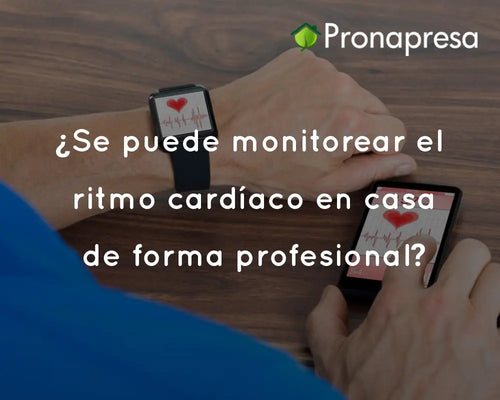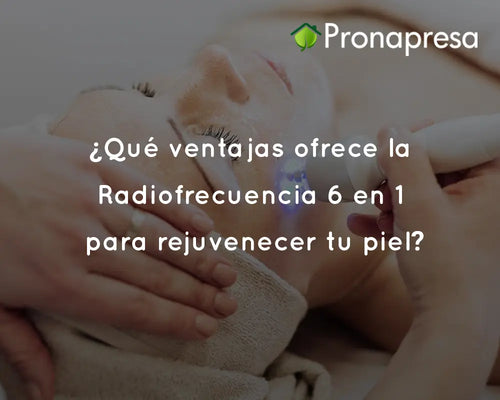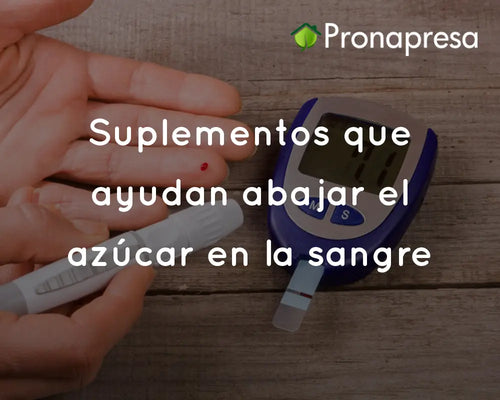
Cataracts are the formation of a cloudy lens in the eye, which is located behind the iris and pupil. Cataracts usually occur in both eyes, but sometimes they affect only one. Most cataracts occur as a result of aging, usually sometime after the age of 40.
Cataracts are the most common cause of vision loss worldwide, but they can be treated.
Types of cataracts:
-
Subcapsular cataract: It occurs at the back of the lens. People with diabetes or who take high-dose steroid medications are at greater risk of developing this type of cataract.
-
Nuclear waterfall: It is located in the central area (nucleus) of the lens. This type of cataract is more closely associated with aging.
-
Cortical cataract: It is characterized by white, wedge-shaped opacities that begin at the periphery of the lens and extend radially toward the center. This type of cataract occurs in the lens cortex, the area surrounding the central nucleus.
Symptoms of cataracts:
- Cloudy, blurry, or dim vision
- Increased difficulty with night vision
- Sensitivity to light and glare
- Need for brighter light for reading and other activities
- Seeing halos around lights
- Frequent changes in prescription glasses or contact lenses
- Discoloration or yellowing of colors
- Double vision in one eye
Causes of cataracts:
The lenses inside the eye work very similarly to those in a camera, focusing light on the retina to obtain clear vision. They also adjust the eye's focus, allowing us to clearly see both distant and close objects.
The lens is composed mostly of water and proteins. The proteins are arranged in a very precise manner and keep the lens free of irregularities, allowing light to pass through.
With age, some proteins can begin to form clumps, clouding a small area of the lens. This is known as a cataract, and over time, it can grow and cloud more areas of the lens, making vision increasingly difficult.
It's not known for certain why the lens of the eye changes with age, forming cataracts. However, researchers around the world have been able to identify factors that possibly cause cataracts or that are associated with their development.
Risk factors:
- Aging
- Diabetes
- Excessive exposure to sunlight
- Smoke
- Obesity
- High blood pressure
- Previous injury or inflammation of the eye
- Previous eye surgery
- Long-term use of corticosteroid medications
- Drinking alcohol excessively
Cataract Prevention:
Although the topic of cataract prevention is highly controversial, numerous studies suggest that certain nutrients or nutritional supplements may reduce the risk of developing cataracts.
A large, 10-year study of female health professionals found that diets high in vitamin E, carotenoids, lutein, and zeaxanthin from both foods and supplements were associated with a significantly reduced risk of developing cataracts.
Sunflower seeds, almonds, and spinach are good sources of vitamin E. Spinach, cabbage, and leafy vegetables are recommended for lutein and zeaxanthin consumption.
Other studies have shown that antioxidant vitamins such as vitamin C and foods containing omega-3 fatty acids may reduce the risk of cataracts.
Another step you can take to reduce your risk of cataracts is to wear protective sunglasses that block 100 percent of the sun's UV rays when you are outdoors.
Other modes of prevention
- Get regular eye exams. Eye exams can help detect cataracts and other eye problems in their early stages. Ask your doctor how often you should have an eye exam.
- Quit smoking. Ask your doctor for suggestions on how to quit smoking. There are medications, counseling, and other strategies to help you quit smoking.
- Control other health problems. Follow your treatment plan if you have diabetes or other conditions that may increase your risk of developing cataracts.
- Reduce alcohol consumption. Excessive alcohol consumption may increase the risk of developing cataracts.
If you experience sudden changes in vision, such as double vision or flashing lights, sudden eye pain, or a sudden headache, see a doctor immediately.
Remember that prevention is better than cure






















































